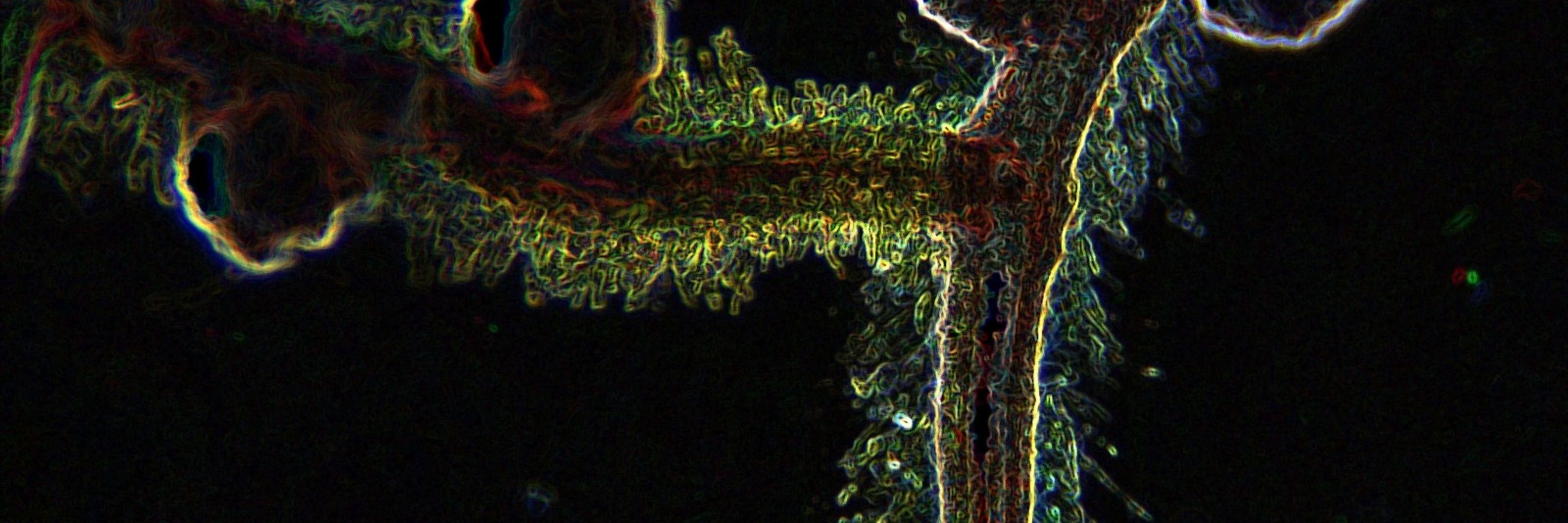Nanoplastic alters soybean microbiome across rhizocompartments level and symbiosis via flavonoid-mediated pathways
Plastic pollution, particularly its breakdown into nanoplastics (NPs), poses a significant threat to ecosystem services, with notable effects on soil-plant-microbe interactions in agricultural systems. However, there is limited understanding of how NPs influence the soil microbiome and plant symbiotic functions. In this study, we applied polypropylene (PP) and polyethylene (PE) NPs, measuring 20 to 50 nm, to soybean growing conditions. We evaluated soil physicochemical properties, nodule counts, nitrogenase activity, and bacterial community composition in nodule, rhizosphere, and bulk soil under different concentrations of these NPs (200, 500, and 1000 mg/kg of soil w/w). Our results revealed that the impact of NPs on soil physicochemical properties was type-dependent, with PE-NPs exerting a more pronounced effect on soil enzyme activities than PP-NPs. Both NPs treatments accelerated nodulation and increased nitrogenase activity, with lower doses inducing more significant effects. Furthermore, PE and PP-NPs enriched bacterial species such as Ensifer and Arthrobacter, which positively interact with diazotrophs such as Bradyrhizobium, supporting symbiosis and biological nitrogen fixation. NPs treatments also significantly affected the bacteriome assembly process in the bulk soil, rhizosphere, and nodule, with an increased source ratio from the rhizosphere to the nodule and homogenous selection in the nodule bacteriome, likely benefiting bacteria involved in nodulation. Exposure to 500 mg/kg of both NPs caused alterations in the metabolic exudation profile of the plant rhizosphere, particularly influencing the biosynthesis pathways of flavonoids and isoflavonoids. Metabolites such as genistein and naringenin emerged as key mediators of plant-microbe interactions, further enhancing plant symbiotic processes under NPs exposure. This study demonstrates that NPs influence plants’ symbiotic potential both directly, by altering the composition of the soil bacteriome, and indirectly, by affecting exudation potential. It provides strong evidence that NPs, especially those smaller than a micrometer, can have long-term effects on the stability and functionality of agricultural ecosystems.

















